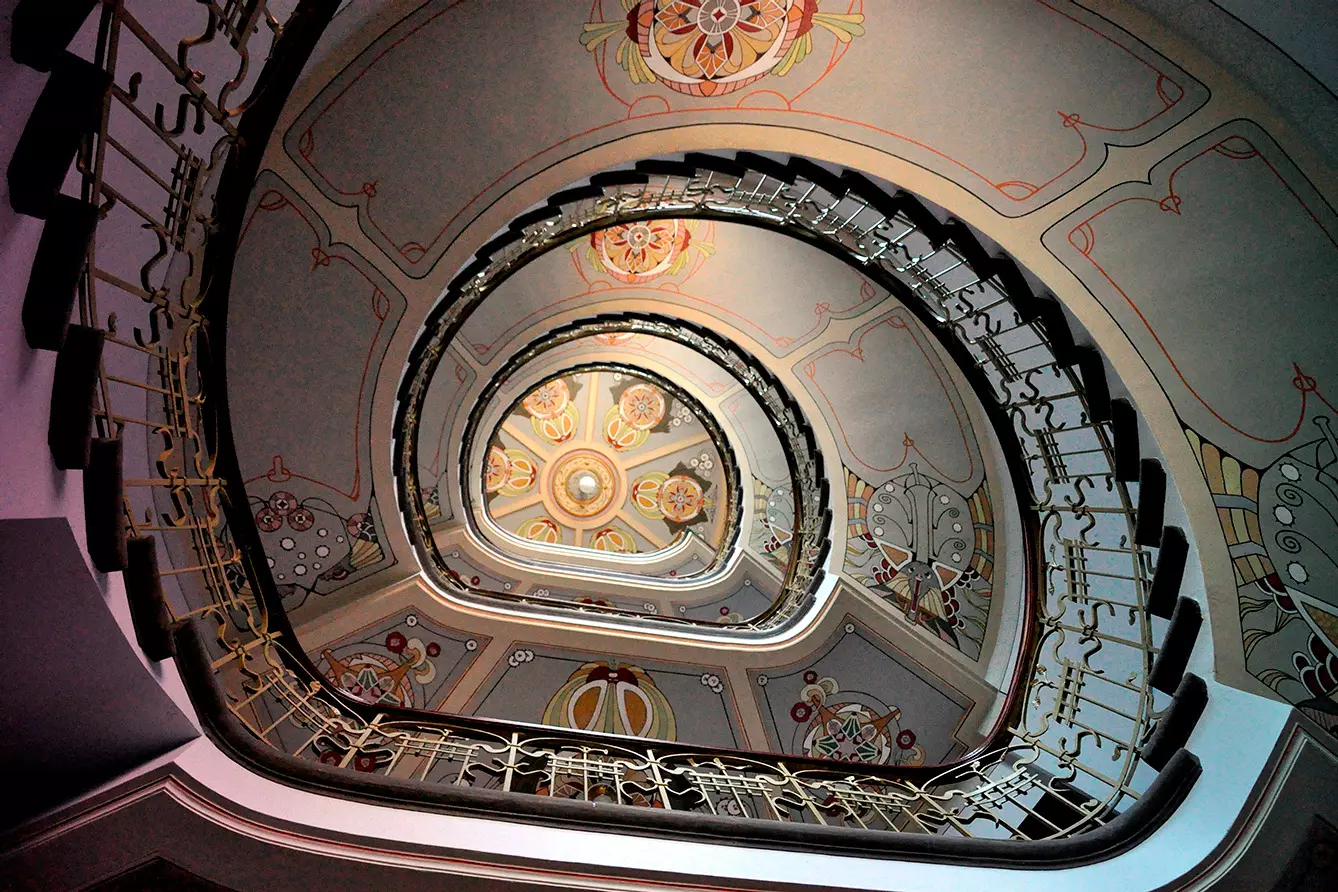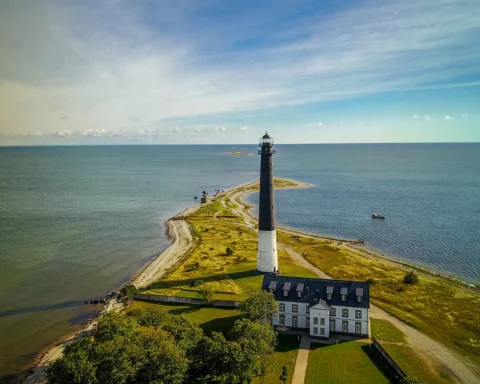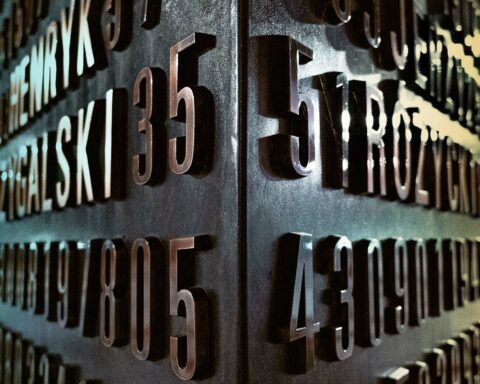If you associate Art Nouveau with Brussels or Paris, that’s not wrong. But the list is not complete without one city much farther to the East. Latvians claim their capital, Riga, has the world’s highest concentration of buildings in this style. And that’s because the development of Riga took a sharp turn in the first years of the 20th century when this style was at its height.
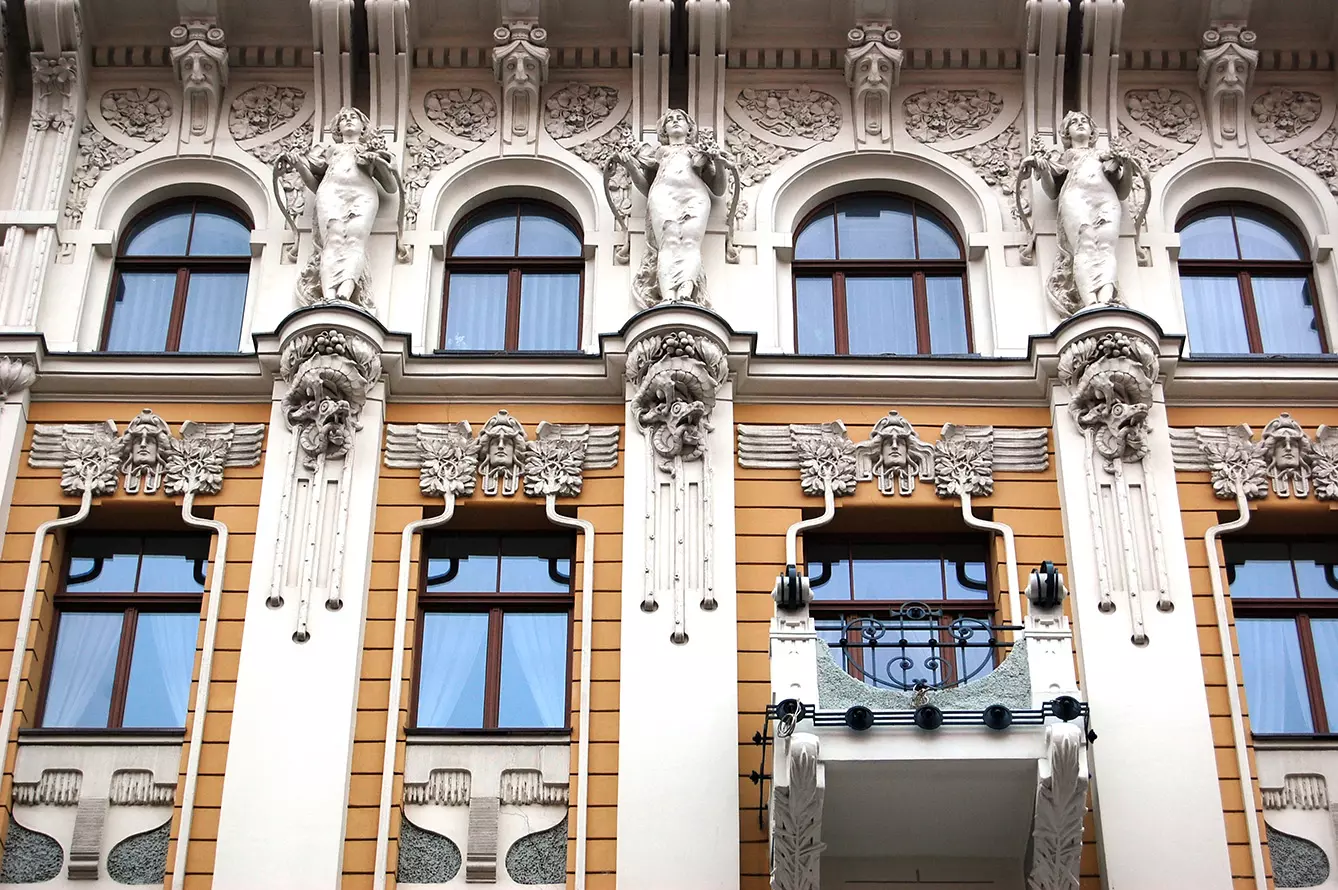
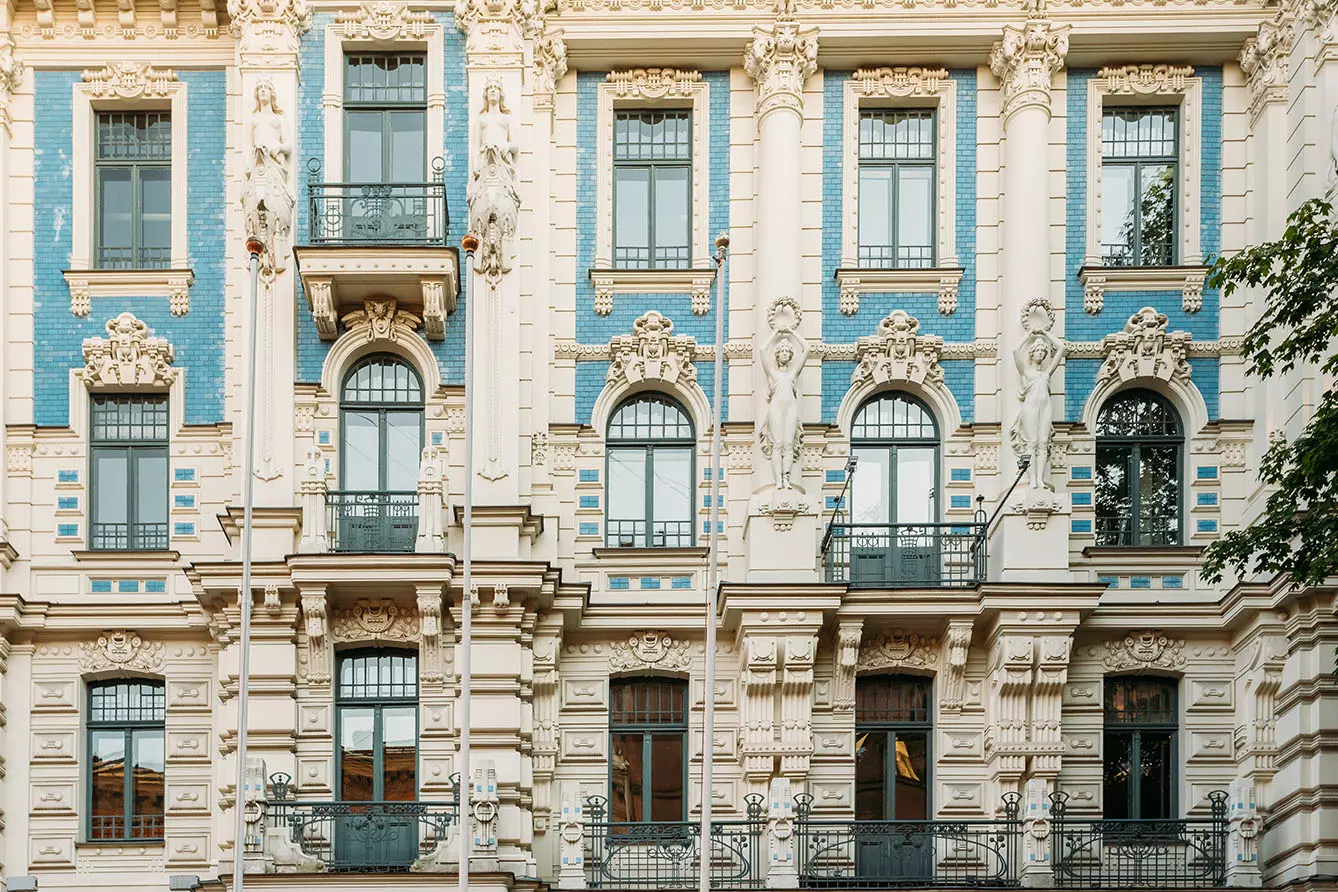
Riga’s Art Nouveau school
You might say that Riga’s history is quite complicated, with the city’s history stretched between East and West. As the city in the Western system (though physically quite to the east), Riga was an important part of Hansa, the super-state trade union of medieval Northern Europe.
But then, the Russian Empire was formed and devoured large terrain of former eastern territories of both the Polish-Lithuanian Commonwealth and those connected to German power. As Riga became one of the windows of the Russian Empire in the northwest, it got into the chain of ports vital to Russian trade.
With Empire’s reform came the rapid development of such trading posts. From the last years of the 19th century until World War I broke out, Riga had its period of rapid development – it grew almost twice during these less than two decades. With half a million inhabitants in 1914, it was the fifth largest city in Russia.
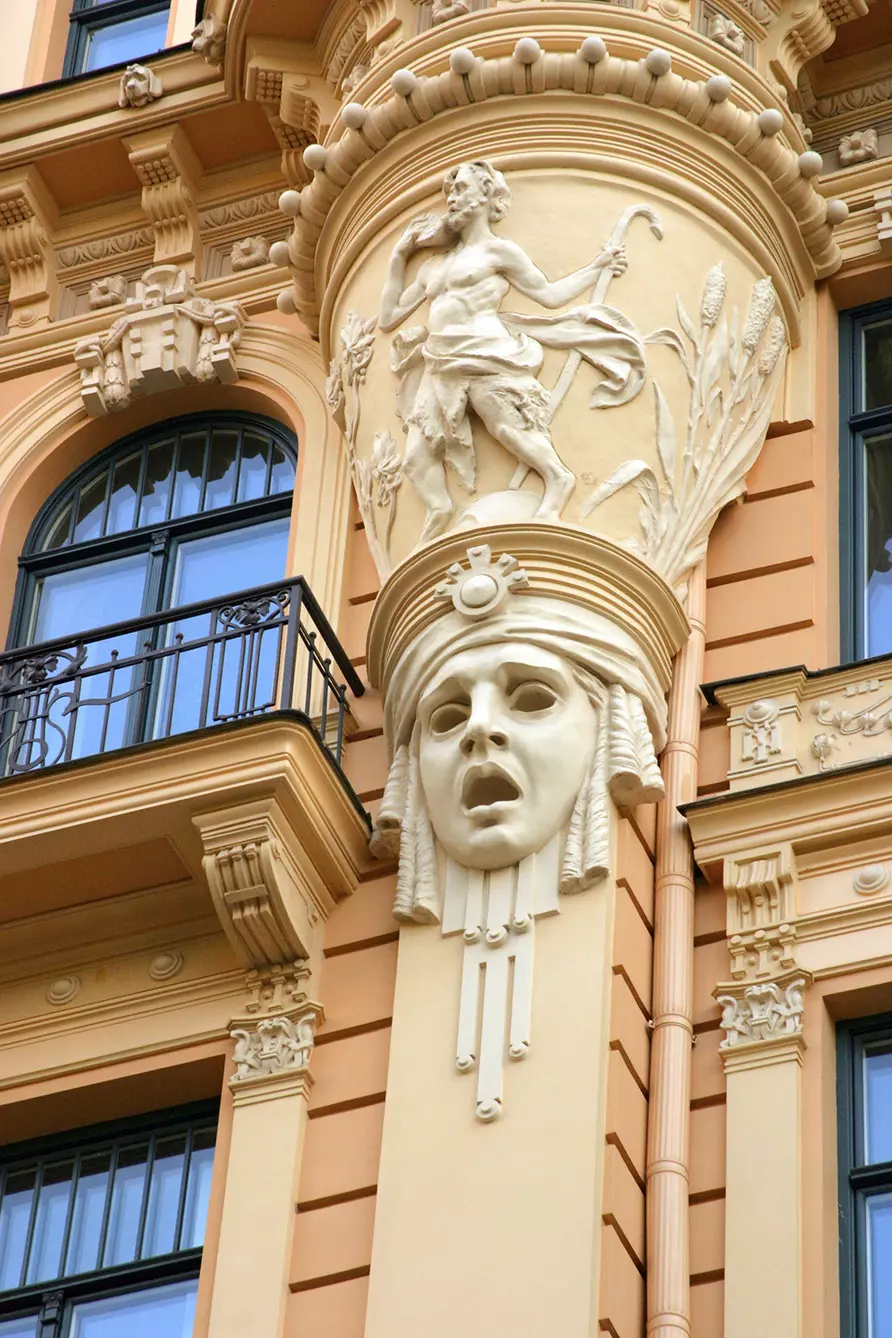
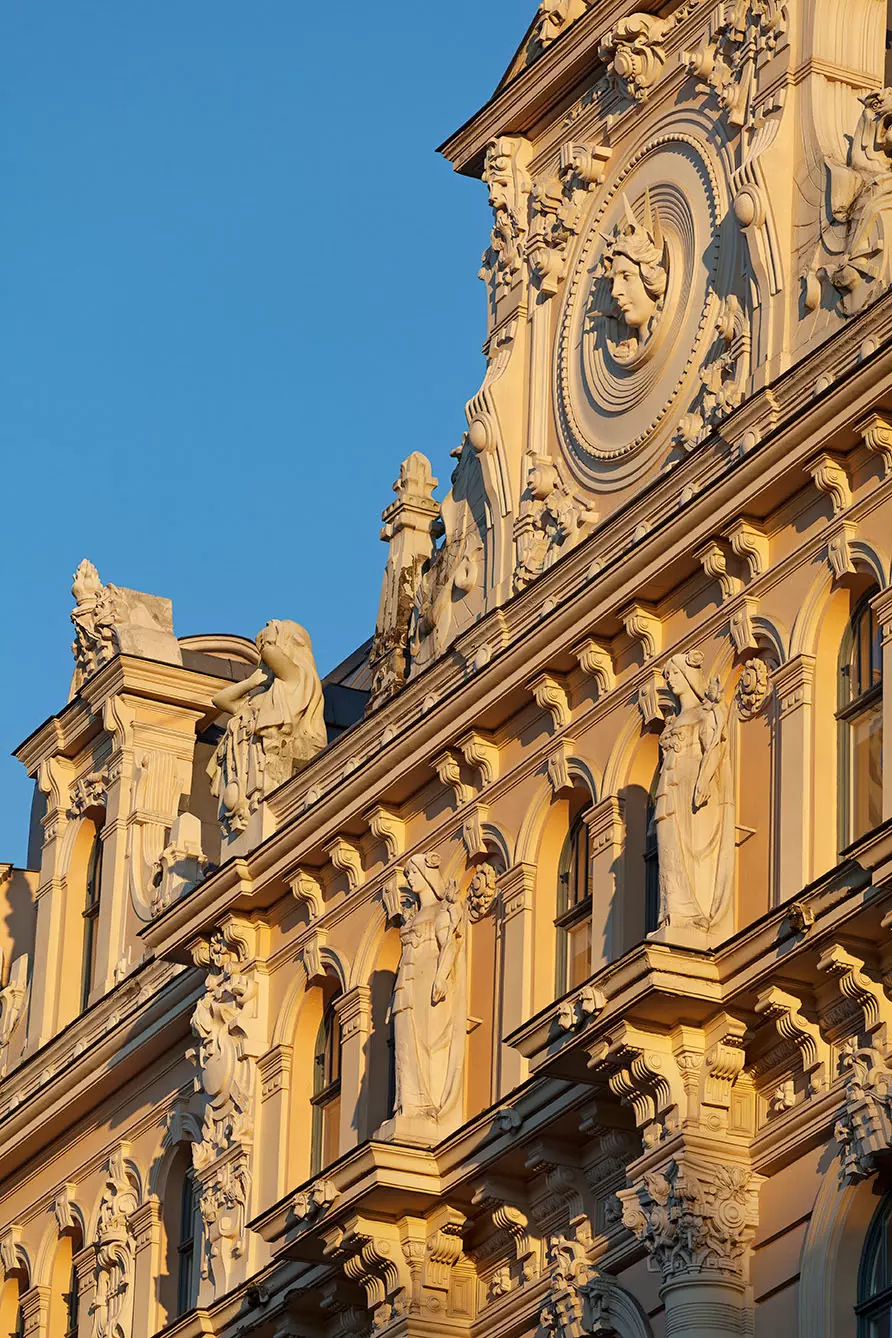
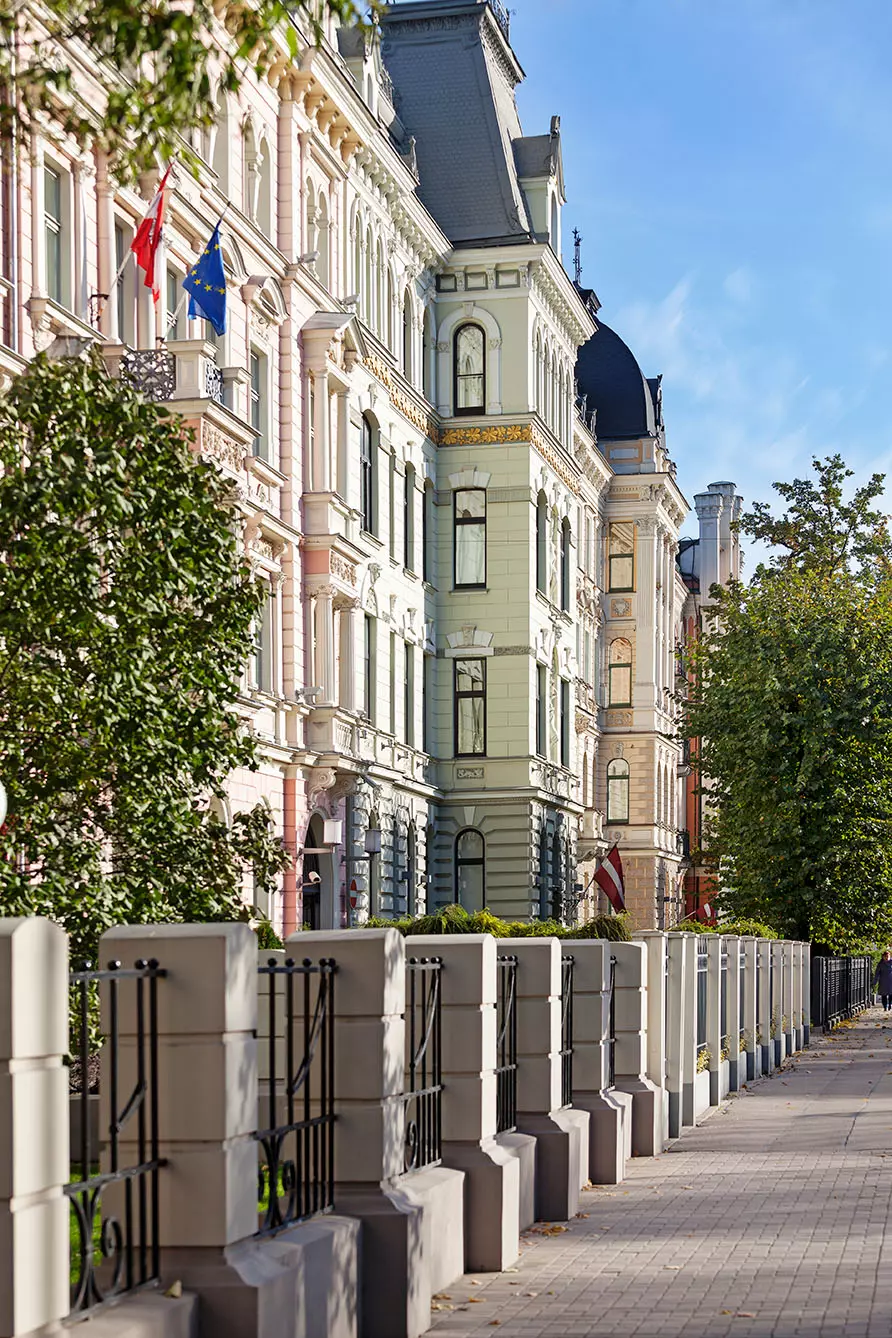
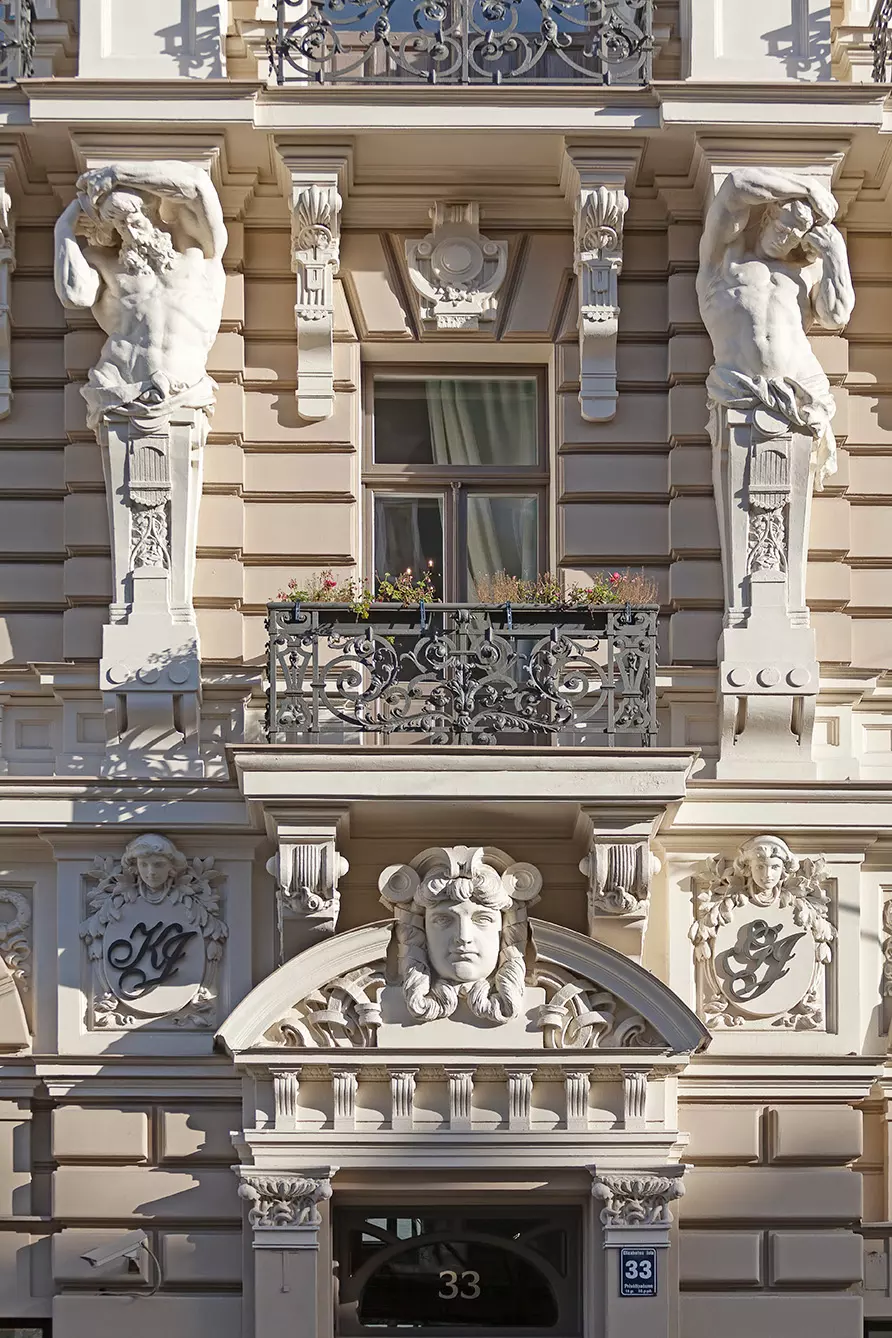
The time was an advent of modernity when cities would transform from their medieval-slash-early modern vibe to actual modernity. Like many other cities (think Kraków in Poland), Riga removed its medieval city walls and replaced them with a promenade.
This opened the city for the area to develop – a kind of urban sprawl, but in a good way, as old towns tended to be crowded by building standards from the period. And regarding the city’s growth rate and its prosperity, there was a hunger for new residential architecture – especially that of the expensive and ornate variety.
Starchitects enter the stage
The first architects to design Riga’s art nouveau buildings were Alfred Aschenkampff and Max Scherwinsky, the former a Baltic German from Libau – now Liepāja in Latvia, the latter – born in Tilsit in East Prussia, current Kaliningrad Oblast (so German, but not Baltic German). Their building was at Audēju iela 7, in the old town area, before the art nouveau architecture moved outside its former walls.
And Riga’s residential development led to significant social change in the city. As it was formerly inhabited in large part by Baltic Germans, and Latvia was in the period of forming its national identity, it was significant that the buildings were designed by the early generation of Riga’s architects – the faculty on Riga Polytechnic institute being opened in 1869.
And the expansion of the city’s housing space led to an influx of Latvian-speaking citizens to the town, which was the other side of Riga’s social development in the direction of its newly forming identity.
Building designs of the epoch had a third-social façade: along with modern architecture came possibilities to include national narratives. Therefore, art nouveau architecture in Riga is not only modern, but also neoclassical and national romantic, allowing one to rewrite the city’s history and incorporate national threads.
And you can check for yourself – in fact, Riga is one of the best places in the world for art nouveau aficionados, as every third building in the city center is built in this style.


